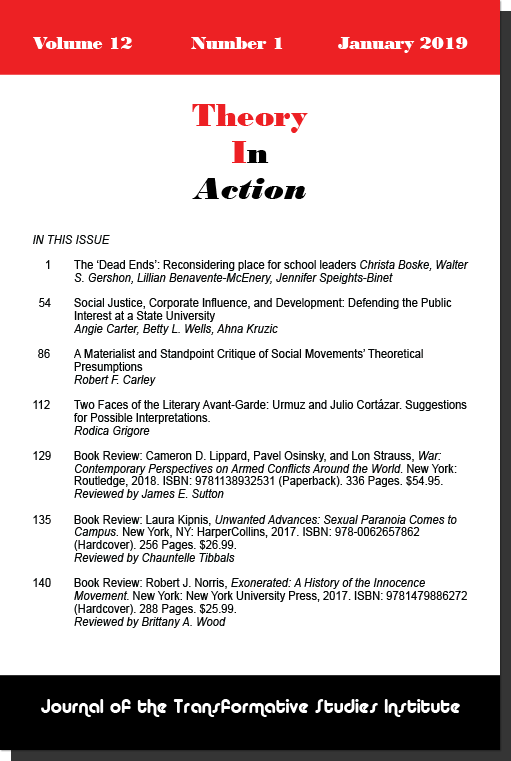Michael O. West, William G. Martin and Fanon Che Wilkins (Eds.)University of North Carolina Press (2009)
Reviewed by Ernesto Aguilar
Black Panther Party leader Huey Newton perhaps explained Black revolutionary nationalism best when he drew lines against what he called reactionary nationalism. Revolutionary nationalism is a force that sees capital and the ruling order in a fundamentally different way; rather than grouse over what piece of the power structure can be reformed or what privileges can be maintained, the revolutionary nationalist sees the challenge is in upending the dynamics as a whole.
Though in some sense, the struggle of Newton’s day is gone, the spirit of what he envisioned has not disappeared from communities or consciousness. Be it noncooperation with police (a symptom of generations-old antagonism of the Black community by law enforcement) or local mobilizing for justice, resistance is alive as it ever was. However, with so many former radicals and intelligentsia invested in existing power via academia, grant cycles and so forth, a look at the grassroots social movements from which emerged Black internationalism is as exciting as it is instructive.
From Toussaint to Tupac: The Black International since the Age of Revolution relays the story of Black anti-imperialism, a tradition explored exquisitely by Gerald Home among others, but rarely elsewhere in a method that frames the intellectual current as married to the upheavals of many periods. Edited by professors Michael West, William Martin and Fanon Wilkins, From Toussaint to Tupac transverses the histories of many important Black internationalist movements. The editors deliver a superlative recounting of history that organizers today should learn about and from.
Of special note are the writings on transnational organizing among Blacks between the United States, Haiti and a constellation of African nations spanning centuries. Whether is was the impact of the Haitian Revolution on North American activism or exactly how profoundly figures like W. E. B. DuBois would shape political philosophy on global African liberation, the editors ensure they deliver a serviceable presentation of stories that have been, in some instances, told exhaustively. Elsewhere, the real treasures in this book are the details that convey to new students of Black internationalism how deeply embedded the struggle’s aspirations were to people most incorrectly do not associate with political activism. The spread of Pan Africanism in the early 1900s, in one passage, is traced back to sailors and international ship travel; those seeds would reach apartheid South Africa and eventually lend energy to the toppling of white rule across the country. Mahatma Gandhi’s association with Black struggles in the United States and elsewhere are sketched out as well.
The editors do a solid job presenting Black internationalism in the United States as well. The influence of Black communists, particularly people like Harry Haywood and Claude McKay, on modern ideas of self-determination and racial diversity in white-dominated movements are weighty, and offered here. The Comintern’s involvement in drawing support for the Scottsboro campaign as well as agitating against the invasion of Ethiopia by fascist Italy are significant activist insurgencies highlighted with richness.
From Toussaint to Tupac wanders into shakier territory when it comes to the spin on hip-hop. Utilizing an oft-repeated premise — that hip-hop traces roots to a mix of influences, from griots to Malcolm X — the book tries to close with a telling of the international (though less internationalist) reach and organizing potential of the music and culture. Fair enough, but following writings about the Black Panther Party and West Indian revolutionary fervor, the conclusion feels unsatisfying. However, in all, From Toussaint to Tupac is a good introduction to an overlooked history.
